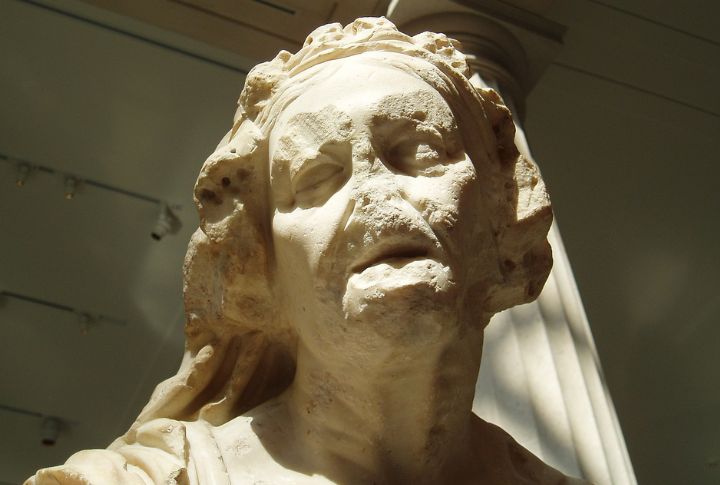
Once admired by philosophers and poets, Greek statues fell out of favor when Christian leaders viewed them as pagan relics. Many were broken or melted down for use as building material. These ten shocking explanations show why so much ancient art vanished under new religious rule and what was lost when old gods faded.
Idol-Smashing Decrees Led To Widespread Destruction

The 391 AD ban on pagan worship sparked a wave of religious destruction. Temples were emptied, and statues smashed. Faces and limbs were destroyed deliberately in purging rituals. Some idol heads were hidden underground in an attempt to suppress the gods’ voices and erase their presence from daily life.
Churches Were Built Using Statue Fragments
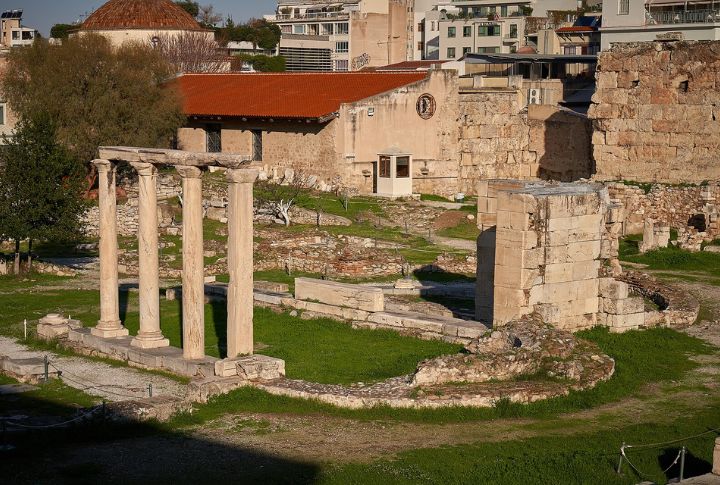
Across early Christian sites, temple remnants found a new purpose. Sculpted arms and carved columns became building blocks for churches. Marble from deconstructed statues lined walls and floors, giving sacred spaces both strength and a quiet connection to the art that came before them.
Statues Were Rebranded As Demonic Symbols

Over time, pagan gods were reinterpreted as threats. Statues were blamed for strange happenings or thought to hold unclean spirits. Some were brought before clergy for ritual “cleansing,” then smashed to eliminate their perceived power and influence within newly Christianized spaces.
Iconoclasts Targeted All Forms Of Sacred Imagery
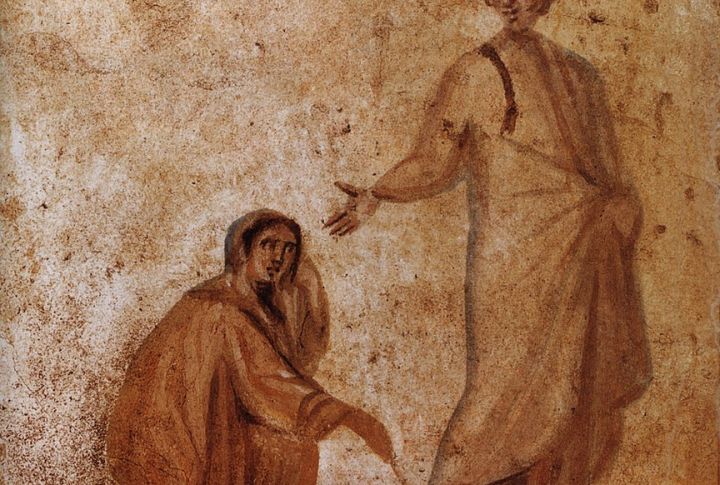
The iconoclasm of the 8th century reached beyond religious icons. Classical sculptures, even those with no direct religious purpose, were caught in the wave of destruction. Thousands of ancient figures disappeared, swept up in campaigns that treated images of the past as obstacles to faith.
Converted Temples Erased Statue Contexts Entirely
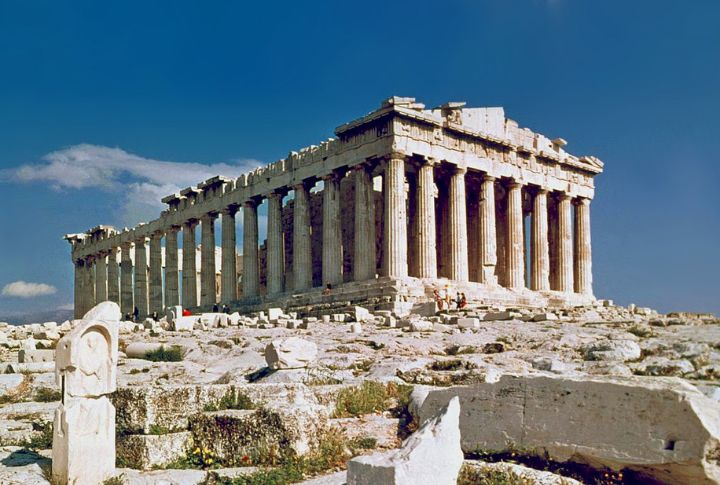
When pagan temples were converted into churches, statues lost their original identity. The Parthenon, once a tribute to Athena, was refitted with altars and pews. As layouts changed and new rituals took over, many remaining sculptures faded into irrelevance or were removed from view.
Monks Used Statues As Quarry Material

In medieval monasteries, broken sculptures weren’t stored—they were pulverized. Marble fragments became lime for plaster, and sacred art turned into construction paste. This process erased form and symbolism, preserving only the raw substance. For monks, it was less about reverence and more about resourcefulness.
New Laws Criminalized Pagan Image Possession

Legal reforms under Justinian transformed ownership into liability. Citizens surrendered household sculptures to avoid penalties. Collectors who once proudly displayed ancient figures began storing them in basements or removing them altogether, fearing consequences tied to the very presence of these old images.
Burials Of Pagan Art Were Done In Secret

In private, loyal followers found quiet ways to protect sacred art. Statues were hidden beneath homes, inside sealed tombs, or lowered into wells. These secret efforts shielded pieces from destruction and hinted at lingering reverence, even as public worship shifted.
Holy Relics Replaced Pagan Masterpieces

Shrines once dedicated to gods were soon filled with relics and artifacts. The bones of saints arrived in ornate containers, often placed where statues of the divine once stood. Stone idols gave way to sacred Christian symbols, marking a cultural shift that was carved into the very architecture of belief.
Sacred Fires Consumed Pagan Art And Knowledge
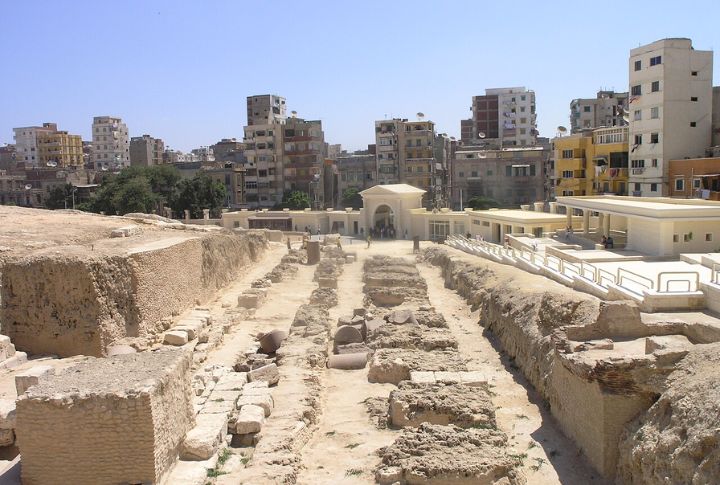
Fires erupted in key centers, such as Alexandria, where temples once housed vast collections of sculptures. Libraries filled with scrolls and art vanished in the flames. Many statues perished alongside knowledge, as the goal became spiritual cleansing through total physical erasure.

